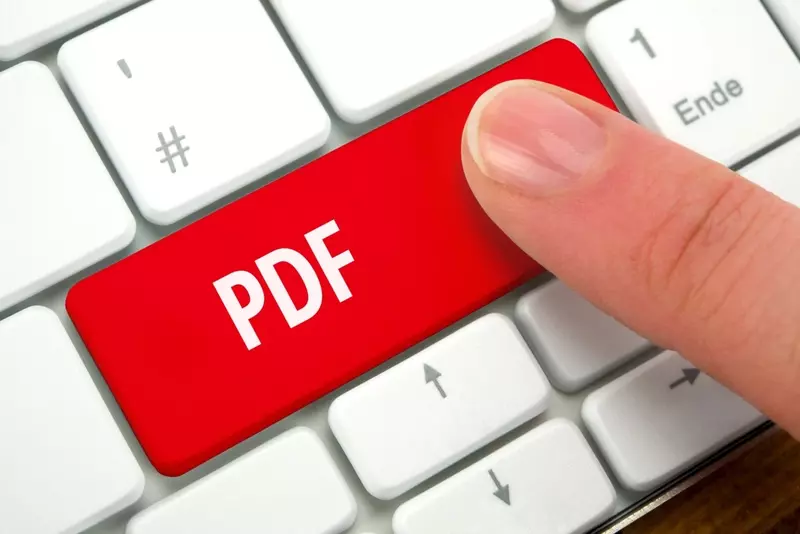You probably use PDF files on a daily basis. We handle everything from invoices to resumes in PDF format.
They’re more revolutionary than you might think. The portable document format, or PDF, was the first format of its type.
What is a PDF? It’s a clever format that retains the original document’s formatting. Images and text display across browsers and software the way the creator intended.
This cross-platform approach makes a PDF file perfect for the way we work now. It’s a great universal format. Vice magazine even named the PDF the world’s most important file format.
How well do you know your PDF history? Read on to learn more.
Table of Contents
Where Did the Idea for PDF Come From?
The PDF was originally a concept to help workers at Adobe display documents on any machine. It was a form of information management to avoid issues with incompatible devices or operating systems.
Part of the idea came from Adobe Illustrator, which worked on both Windows and Mac. The rest of the idea came from PostScript, which worked on different platforms to render documents.
The PDF had to work across hardware and software. It also needed to work with printer drivers. The original name was IPS or Interchange PostScript.
The PDF Arrives
Adobe first mentioned the PDF in 1991 but the public launch happened in June 1993. PDF was released alongside Adobe Acrobat Version 1.
This was the first program that could read the format. If people didn’t adopt Acrobat, they might not have adopted PDF.
It wasn’t a smash hit at first. People needed to buy Acrobat Distiller before they could make PDFs. The software took a long time to download over early dial-up connections.
People Start Using the PDF
Luckily, Adobe made their Reader software free. Now, users could view PDFs, making it easier to share them. This made it an easier format to adopt.
Adobe also helped with the adoption of PDF by using it themselves. They turned their documentation for developers into PDF files.
Adobe added support for video and audio data to PDFs in Acrobat 2.1. By this point, they were competing with Common Ground, a similar product.
PDF History Continues to Unfold
The adoption of the PDF by the graphics industry in the late 1990s helped to boost its popularity. Throughout the 2000s, Adobe added more features to help printers use the format in their work.
The history of the pdf continued to unfold. Now, we can edit PDFs, and add an electronic signature.
The beauty of PDF is that you can turn almost any other file format into a PDF. Users can convert PowerPoint, images, and websites to PDF. You can even generate PDF in C#.
PDF: The Format of the Future?
Given how far we’ve come in PDF history, it’ll be interesting to see where the format goes in the future. So many browsers and software currently support it, and there’s no reason for this to change.
Who knows what features Adobe will add? Yet for now, we’re very thankful to the humble PDF. Wired was right—it is the most important file format.
Keen to learn more about the technology you use every day? Check out our technology articles for more information.

